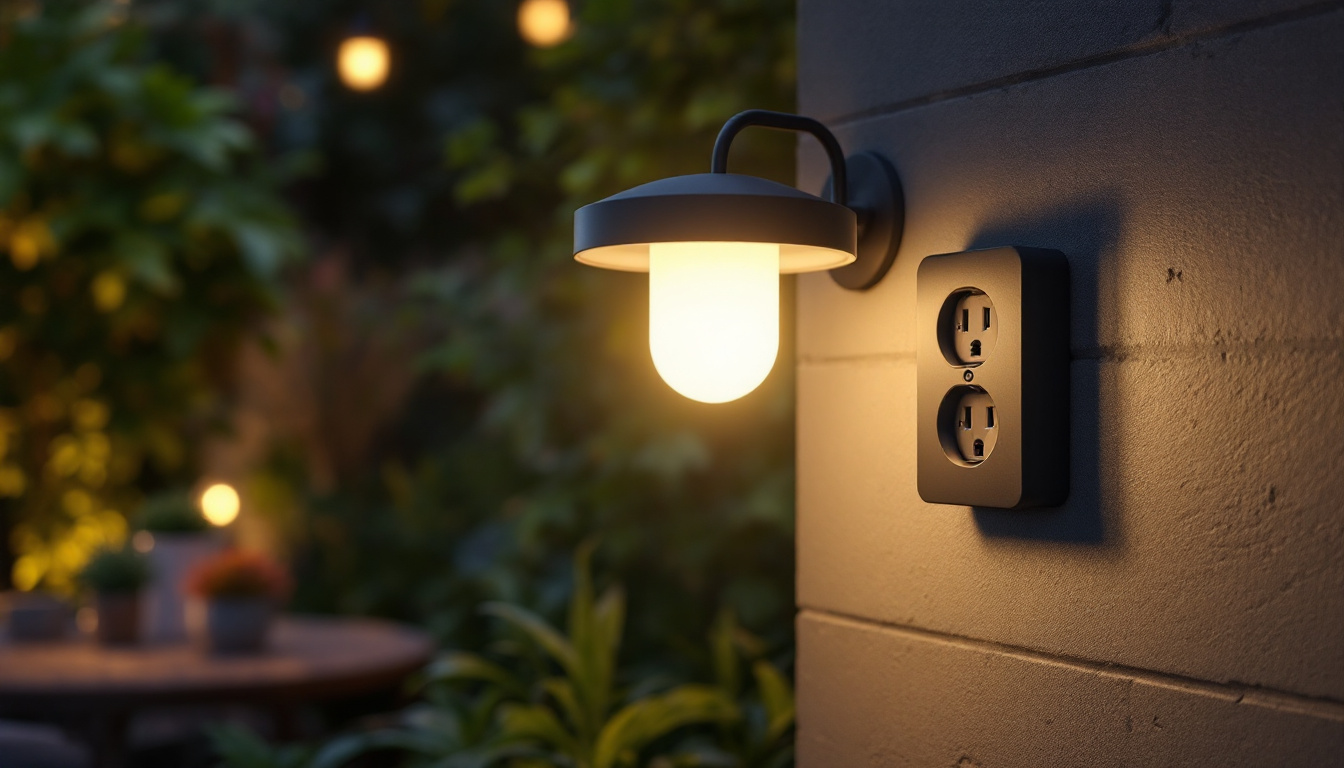
As the world shifts towards sustainable practices, solar energy lighting has emerged as a viable solution for various applications. This article delves into the essentials of solar energy lighting, providing lighting contractors with the necessary knowledge to navigate this growing field. From understanding the technology to installation and benefits, this comprehensive guide covers everything you need to know.
Solar energy lighting utilizes photovoltaic cells to convert sunlight into electricity, which powers LED lights. This technology offers an eco-friendly alternative to traditional lighting solutions, reducing reliance on fossil fuels and lowering energy costs. As the world becomes increasingly aware of the environmental impact of energy consumption, solar lighting presents a sustainable option that not only benefits the planet but also provides significant savings for consumers and businesses alike.
At its core, solar lighting systems consist of solar panels, batteries, LED fixtures, and a charge controller. Each component plays a crucial role in ensuring the system operates efficiently and effectively, making it essential for contractors to understand how these elements work together. Furthermore, advancements in solar technology have led to improvements in efficiency and affordability, making solar energy lighting more accessible to a wider audience than ever before.
To fully grasp solar energy lighting, it’s important to examine the key components that make up these systems:
Solar energy lighting can be categorized into several types, each serving different purposes and environments:
Solar energy lighting offers numerous advantages that make it an attractive option for lighting contractors and their clients alike. Understanding these benefits can aid in making informed decisions about lighting projects.
One of the most significant advantages of solar lighting is the potential for cost savings. By utilizing sunlight as a power source, clients can drastically reduce their electricity bills. Additionally, the low maintenance costs associated with solar lighting systems contribute to long-term savings.
Solar energy lighting is a sustainable choice that reduces carbon emissions and reliance on non-renewable energy sources. By promoting the use of clean energy, contractors can help clients contribute to a greener planet.
Solar lighting systems are typically easier to install than traditional electrical lighting, as they do not require extensive wiring or connections to the grid. This flexibility allows for installation in remote areas where conventional power sources may not be available.
While solar lighting systems offer many benefits, proper installation is crucial to ensuring optimal performance. Contractors should take several factors into account when planning and executing a solar lighting project.
A thorough site assessment is essential for determining the feasibility of solar lighting installation. Factors such as sunlight exposure, shading from trees or buildings, and the geographical location can all impact the effectiveness of the solar panels.
Contractors should evaluate the site during different times of the day to understand how sunlight interacts with the area. This assessment will guide decisions regarding the placement and angle of the solar panels.
Selecting the appropriate components for the solar lighting system is critical. Contractors must consider the specific needs of the project, including the required brightness, duration of operation, and environmental conditions.
For instance, in areas with limited sunlight, larger solar panels or more efficient batteries may be necessary to ensure reliable performance. Additionally, the choice of LED fixtures should align with the intended use, whether for security, ambiance, or functional lighting.
Before installing solar lighting systems, contractors should familiarize themselves with local regulations and codes. Compliance with these standards is essential to avoid potential legal issues and ensure the safety of the installation.
It’s advisable to check with local authorities regarding any permits or inspections that may be required for solar lighting projects. Understanding these regulations can save time and resources during the installation process.
While solar lighting systems are generally low-maintenance, regular upkeep is necessary to ensure their longevity and efficiency. Contractors should educate clients on the best practices for maintaining their solar lighting installations.
Solar panels should be kept clean to maximize their efficiency. Dust, dirt, and debris can accumulate on the surface, reducing the amount of sunlight absorbed. Contractors can recommend a cleaning schedule based on the local environment and weather conditions.
In areas with heavy rainfall, the need for cleaning may be less frequent, whereas dusty or polluted environments may require more regular maintenance. Simple rinsing with water or using a soft brush can effectively remove buildup.
Batteries are a crucial component of solar lighting systems and require attention to ensure optimal performance. Contractors should advise clients on monitoring battery health and replacing them when necessary.
Regular checks on battery connections and the overall condition can prevent issues that may arise from corrosion or wear. Educating clients on the signs of battery failure can help them address problems before they affect the lighting system.
Implementing a monitoring system can help track the performance of solar lighting installations. Many modern solar lights come with built-in monitoring features that allow users to assess energy production and consumption.
Contractors can recommend smart technologies that provide real-time data, enabling clients to make informed decisions about their solar lighting systems. Monitoring can also help identify any operational issues early on, facilitating timely maintenance.
The solar energy lighting industry is continually evolving, driven by advancements in technology and changing consumer preferences. Staying informed about these trends can help contractors remain competitive and provide cutting-edge solutions to their clients.
As smart technology becomes more prevalent, integrating it into solar lighting systems is an emerging trend. Smart solar lights can be controlled remotely, allowing users to adjust brightness, set timers, and monitor performance through mobile applications.
This level of control enhances the user experience and can lead to energy savings, as lights can be programmed to operate only when needed. Contractors should explore smart options to offer clients more versatile and efficient lighting solutions.
Battery technology is advancing rapidly, with new materials and designs enhancing energy storage capabilities. Lithium-ion batteries, for example, are becoming more common due to their higher efficiency and longer lifespan compared to traditional lead-acid batteries.
Contractors should stay updated on the latest battery technologies to recommend the best options for their solar lighting projects. Improved battery performance can lead to more reliable and efficient solar lighting systems.
As the push for renewable energy grows, integrating solar lighting systems with other renewable sources, such as wind or hydro, is becoming more feasible. This hybrid approach can enhance energy reliability and reduce dependence on a single energy source.
Contractors can explore opportunities to combine solar lighting with other renewable technologies, providing clients with comprehensive energy solutions that align with sustainability goals.
Solar energy lighting represents a significant advancement in sustainable lighting solutions. By understanding the components, benefits, installation considerations, and maintenance of these systems, lighting contractors can effectively serve their clients and contribute to a greener future.
As the industry continues to evolve, staying informed about trends and technologies will be crucial for success. Embracing solar energy lighting not only enhances project offerings but also aligns with the global shift towards sustainability, making it a win-win for contractors and their clients alike.
Ready to take your lighting projects to the next level with sustainable solar energy solutions? At LumenWholesale, we provide lighting contractors with the highest quality, spec-grade solar lighting products at unbeatable wholesale prices. Say goodbye to local distributor markups and hello to superior lighting that meets the highest industry standards. With our hassle-free bulk buying and free shipping, you can trust that you’re getting premium lighting at the best value — without hidden fees or compromises. Elevate your lighting game and contribute to a more sustainable future with LumenWholesale. Wholesale Lighting at the Best Value.

Unlock the secrets of outdoor lighting with integrated outlets in our comprehensive guide.

Discover innovative strategies to maximize profits in the lighting industry with our comprehensive guide for contractors.

Discover the essential points lighting contractors need to consider when working with switch outlets.

Discover essential insights into staircase solar lights that every lighting contractor needs to know.